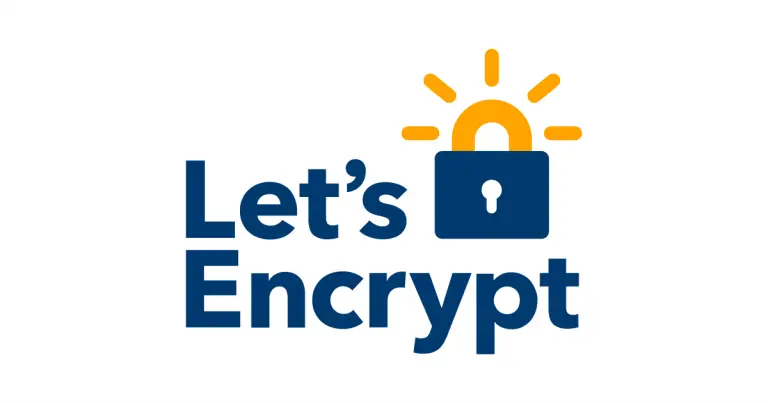
The Entertainment Software Association (ESA), in collaboration with industry giants such as Microsoft, Nintendo, and Electronic Arts, has introduced a new initiative aimed at helping players more easily identify accessibility features within video games.
This initiative seeks to implement standardized identification labels, allowing players to clearly discern which assistive features are offered—whether on game packaging, promotional pages, or display interfaces.
Among the 24 labels proposed in the initial phase are indicators for subtitles, remappable controls, text-to-speech and speech-to-text capabilities in chat, as well as automatic captioning. The ESA will also provide design guidelines to developers, encouraging the integration of these labels during the game development process.
While many games have already incorporated accessibility features, and companies such as Microsoft and Logitech have released peripherals tailored for inclusive play, the absence of a unified labeling system and the use of inconsistent terminology have often made it difficult for players to identify such features with ease.
Through this standardization effort, the ESA aims to ensure that accessibility and assistive features are represented with uniform clarity. The initiative has already garnered support from major industry players including EA, Microsoft, Google, Nintendo, Sony Interactive Entertainment, and Ubisoft, with Amazon Games, Riot Games, Square Enix, and Warner Bros. Games also expressing their intent to join.
As for the actual implementation timeline of these standardized labels, it will depend on the rollout plans of each participating company. Therefore, it may take some time before these labels become widely visible in the market. Nevertheless, the initiative allows companies to retain their own custom labels to highlight unique features of their games or specialized peripherals.


